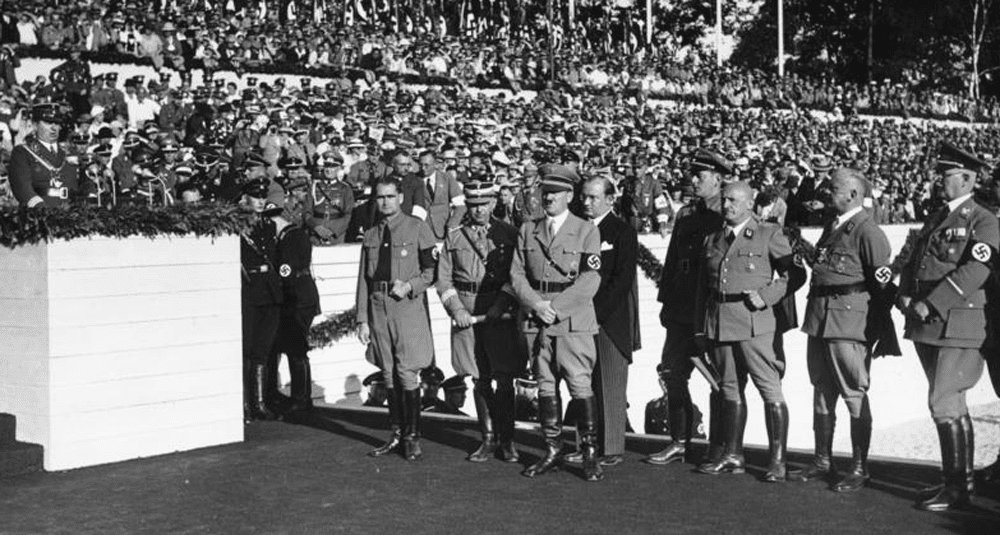How many texts contain the Nuremberg Laws passed by Hitler in 1935?
Last Updated:
The Nuremberg Laws, passed in 1935 under Adolf Hitler’s regime, represent a dark turning point in history. They marked a crucial stage in the implementation of the Nazi regime’s racial and discriminatory policies. Their content, based on an ideology of racial superiority, had devastating consequences.
The corpus of the Nuremberg Laws is made up of several legislative texts. These legislative documents were intended to codify and reinforce Nazi ideology, laying the legal foundations for the systematic persecution of Jews and other groups considered inferior according to Nazi doctrine.
To better understand the scope and impact of the Nuremberg Laws, it’s essential to examine the three main laws that make them up:
- Reichsflaggengesetz – Reich Flag Law: This law made the Nazi party flag the official national flag, symbolizing the unification of party and state under Nazi ideology. This change of national symbol was intended to reinforce the Nazi identity in Germany.
- Reichsbürgergesetz – Reich Citizenship Law: This law drew a clear distinction between citizens of the Reich and subjects of the state. Only those of German blood could claim full citizenship, which conferred political rights. This distinction served to exclude Jews and other minorities from participation in civic and political life.
- Gesetz zum Schutze des deutschen Blutes und der deutschen Ehre – Law for the Protection of German Blood and German Honor: Perhaps the most infamous of the three, this law prohibited marriage and extramarital relations between Jews and non-Jews. Its aim was to preserve the purity of German blood, a notion central to Nazi racist ideology.
The aim of the Nuremberg Laws went beyond mere legislative measures; they were intended to institutionally establish the foundations of anti-Semitism and racial discrimination in German society.
In the context of post-World War I Germany, marked by economic crisis and the Treaty of Versailles, these laws aimed to restore pride and a sense of superior identity to a disillusioned population.
By legally defining who was considered German or non-German, these laws aimed to systematically exclude and marginalize Jews and other groups. They led to the social, economic and political isolation of the targeted populations, laying the foundations for their future persecution, which culminated in the Holocaust.
The impact of the Nuremberg Laws was profound and devastating. Not only did they deprive countless people of their fundamental rights, they also paved the way for one of the greatest tragedies in human history. These laws remain a grim testament to what ideologies of hatred and discrimination can engender when institutionalized.
history

How many texts contain the Nuremberg Laws passed by Hitler in 1935?
Answer
The Nuremberg Laws are three texts adopted by the Reichstag on the occasion of the seventh annual Nazi Party Congress in Nuremberg on September 15, 1935.